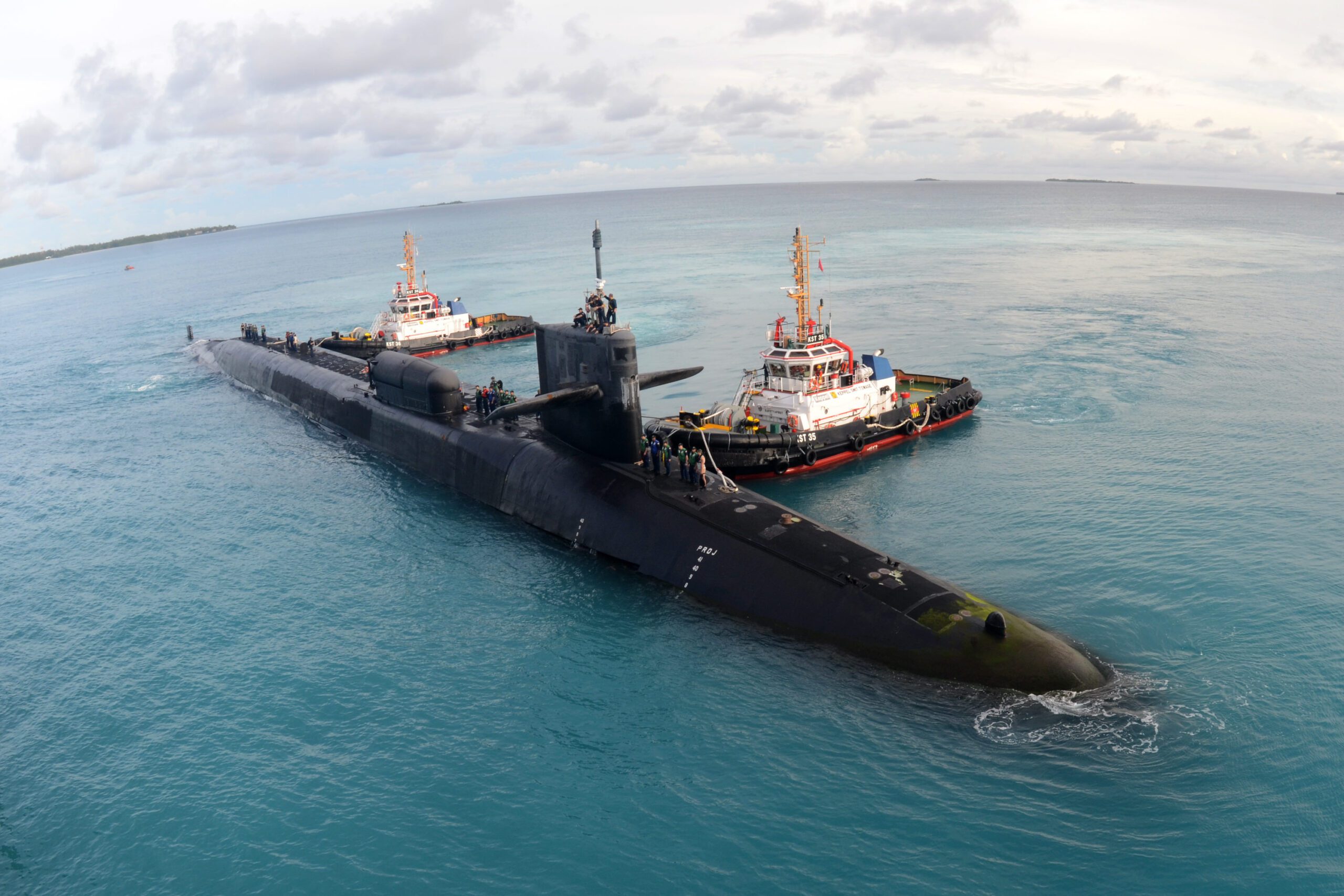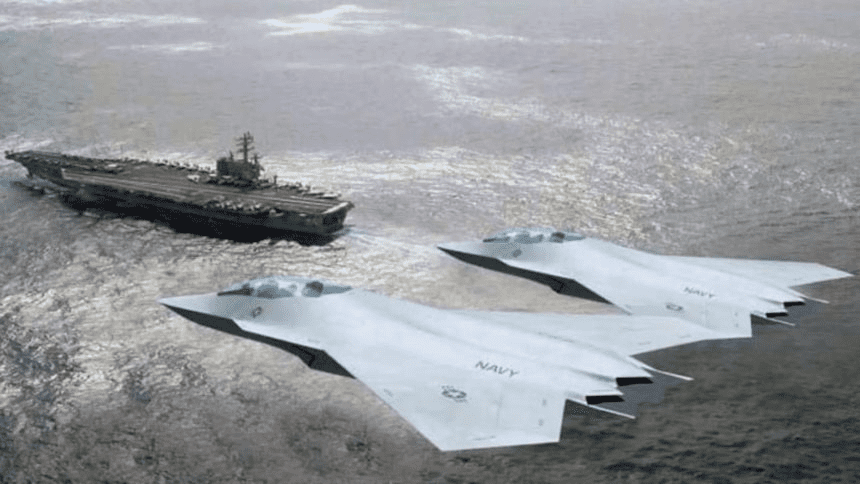By Tony Capaccio (Bloomberg) The US Navy plans to begin arming submarines next year with ship-targeting versions of the widely used Tomahawk missile, part of Washington’s push to ramp up military capabilities to challenge Chinese maritime forces, particularly around Taiwan.
The “Maritime Strike” version of the Tomahawk, the RTX Corp. missile traditionally used as a ground-attack weapon, will be fielded after Oct. 1, program manager Captain Jon Hersey said in a statement. The latest models will be modified with a new guidance system enabling them to “to engage a mobile target at sea,” he said, adding the Navy took delivery of the initial version last year for tests before declaring it combat ready.
Fielding the new version of the Tomahawk — which made its battlefield debut in the early hours of the 1991 Persian Gulf War in Iraq —- would add to a growing US arsenal of ship-attack missiles to complement submarine-launched torpedoes intended to counter China’s numerically superior fleet. While the Navy also plans to start fielding the weapons on surface vessels, those are more vulnerable to China’s land- and sea-based anti-ship arsenal.
Also read: 2023 Naval Book Of The Year: Mao’s Army Goes To Sea
Taiwan, which China claims as its sovereign territory, is of particular interest for Washington and sees defending the island — and its crucial semiconductor industry — as a strategic, economic and political priority.
The schedule for the new maritime strike missile fits roughly within the Pentagon’s plans to field thousands of drones in the Indo-Pacific region to counter China, known as the Replicator program, which the Pentagon aims to deploy on a large scale between February and August 2025.
The development also comes alongside Washington’s burgeoning security alliance with the UK and Australia, known as Aukus. The trio on Friday announced a raft of plans, including the use of artificial intelligence aboard aircraft patrolling the Pacific to help track Chinese submarines.
The three powers said they would deploy advanced artificial intelligence algorithms on multiple systems, including the P-8A Poseidon aircraft to process data from each nation’s sonobuoys, underwater detection devices.
The missiles will be deployed on Los Angeles and Virginia-class submarines, which can carry as many as 12 land-attack Tomahawks, although some modified versions of the Virginia-class will be able to carry as many as 40.
Related Book: U.S. Naval Power in the 21st Century: A New Strategy for Facing the Chinese and Russian Threat by Brent Sadler
The weapons have a range up to 1,000 miles (1,600 kilometers), according to Brent Sadler, a senior research fellow in naval warfare and advanced technology at the Heritage Foundation, as well as a former submariner and head of the Navy’s Asia-Pacific Advisory Group.
“The long range provides greater stand-off from Chinese anti-access and area-denial missile forces, and this would complicate Chinese planning for a blockade/invasion of Taiwan,” Sadler said in an email. “More work is needed to develop how these missile will be employed to overwhelm” China’s forces and take out enough ships to be “war-winning,” he said.
Japan may someday also deploy the new anti-ship version of the missile. The State Department notified Congress this month that Tokyo has been cleared to receive it first ground-attack Tomahawks in a sale valued at as much as $2.35 billion for up to 200 missiles.
“Should Japan also get this weapon, it adds another level of complexity the Chinese will have to contend with,” Sadler said.
China has 370 ships and submarines in its naval force, including more than 140 major surface combatants, the Pentagon said in its latest assessment of Chinese military power. The US Navy has 291 deployable vessels.
China’s navy is largely composed of modern multi-mission ships and submarines, and it launched its third aircraft carrier last year, the CV-18 Fujian.
Vice Admiral William Houston, the Navy’s Submarine Forces Commander, said in a statement to Bloomberg News that he’s committed to fielding the Maritime Strike Tomahawk as quickly as possible but pointed out that “procurement, modernization and fielding schedules are dynamic and impacted by a variety of factors including industrial base and shipyard capacity.”
Related Book: U.S. Naval Power in the 21st Century: A New Strategy for Facing the Chinese and Russian Threat by Brent Sadler
The US anti-ship arsenal now includes the ship-launched RTX SM-6 air defense missile adapted by the Pentagon’s Strategic Capabilities Office and Lockheed Martin Corp.’s Long Range Anti-Ship Missile. It can be launched from the Air Force B-1-B bomber and the Navy’s top aircraft carrier fighter, the F/A-18 E/F.
Separately, the Navy also fields Boeing Co.’s sea-skimming Harpoon anti-ship missiles, and Taiwan is buying at least 400 ground-launched versions for coastal defense. Those type of missiles figured prominently in a series of tabletop war games of a potential invasion of Taiwan by China conducted last year by the Center for Strategic and International Studies.
By Tony Capaccio © 2023 Bloomberg L.P.

 Join The Club
Join The Club











